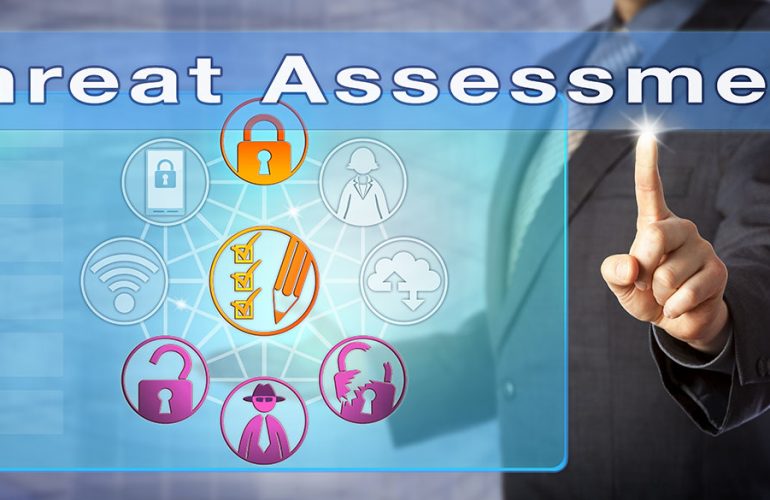It seems like almost every week, there is another shooting or act of violence in public places like malls, airports, schools and even senior care centers. Being prepared for these types of events takes training, practice and attention to your employees’ behaviors and communication patterns. It’s important to take a step back and perform a threat assessment routinely to make sure you and your staff are as prepared as possible should an event occur.
Secret Service Findings
According to the Secret Service, attacks like these are rarely sudden or impulsive. Instead, they are thought out and planned in advance. This is important because attacks may be preventable through either interruption or intervention during the consideration and planning stages.
Communication Clues
Attackers and assailants rarely direct a threat to their target or law enforcement, meaning that someone does not have to make a threat to pose a threat. On the other hand, attackers and potential assailants frequently do communicate their desired intentions, grievances, and motivations to someone, but rarely to the target or law enforcement. They may communicate their intentions through online postings, make verbal statements, create a manifesto or send letters. Someone in that person’s life may have relevant or pertinent information regarding the attacker’s plans.
Personal Problems
Most attackers display personal difficulties coping with major life stressors, including significant losses, disappointments and/or failures. What this means is that early identification of problems can lead to interruption, intervention, and risk management prior to an attack. Since there is no accurate or useful descriptive, demographic, or background characteristics attacker profile, a behavior and communication-based threat assessment is preferred.
Pathway to the Attack: Progression from Idea to Action
The potential assailant may exhibit difficulty coping with major life stressors, grievance, resentments, problems and traumatic events. They may be dealing with a severe illness, an accident or a significant loss. Perhaps they are experiencing financial or legal problems. Some potential assailants have been rejected or bullied. They have also been through personal disappointments and failures.
Stress as a Motivator
According to experts, most perpetrators have experienced stressful events at some point prior to attacking others. Such stressors have led to feelings of distress, depression, hopelessness, being overwhelmed and desperation. Simultaneously, they may lose their ability to solve personal problems, their judgment becomes cloudy and feelings of panic intensify. As their stress increases their ability to cope decreases. These issues make for the perfect storm.
Substance Use or Abuse
The problem may worsen if the potential assailant has substance use problems or behavioral, mental or emotional disturbances. Perhaps they are being prescribed psychiatric medications that can help manage symptoms, but are non-compliant in taking them. Maybe they are misusing their prescribed medication or mixing it with illegal substances. These types of issues can increase the risk of a crisis taking place in a public area, like a senior living community.
Desperation Takes Hold
The Secret Service discovered that most attackers moved from a state of emotional resentment, sadness or depression to anger and rage against their target. Most attackers report feeling disenfranchised, disgruntled, deprived, humiliated, disconnected, disappointed and full of intense rage. As a result of these feelings and grievances, most attackers perceive themselves as in despair or in a very desperate situation.
Attack is Inevitable
Attackers either rule out or did not consider others and felt that they were down to life and death decisions for themselves and others. Some view suicide, violence, or an attack as acceptable, and the only way to solve their problems. This is when they generally form a plan, including target selection, and method or manner of attack. The attacker will now prepare for implementing their plan and take all necessary steps and actions to accomplish their goal.
Final Thoughts on Getting Your Building Threat-Ready
Most public acts of violence are planned, and the personal characteristics of the attacker are important to understand and act upon. Usually, there are signs and symptoms that an employee isn’t behaving as they normally do. Watch for these signs and intervene before it’s too late.
(NOTE: Interested in learning more about Active Shooters? Checkout my Active Shooter CEUs on CEU Academy and try a FREE CEU today!)

